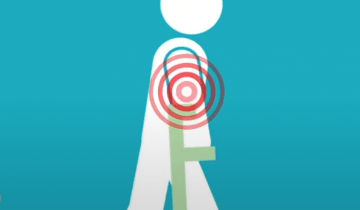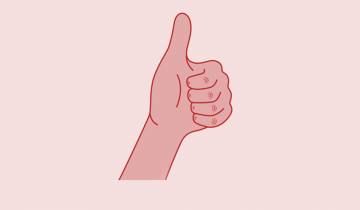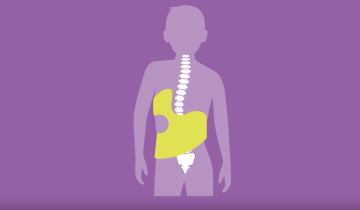This research studied falls in ambulatory children and adults with CP specifically asking how often they’ve fallen, fall-related injuries experienced, circumstances around the fall, the level of fear or concern about future falls, and the extent to which they do or don’t avoid certain activities due to their concern about falling. This study sets a strong foundation for future fall research, quantifying the breadth and depth of the problem across a large spectrum of age and walking ability.
Pain in people with cerebral palsy is very common, and probably not evaluated frequently enough.

Let me tell you about multimodal communication. We, as typical communicators, all use many different strategies. We use speech, gestures, facial expressions, technology, and no-tech solutions. As communicators, we all size up the situation based upon our communication partners, the context, the environment and then we choose to use the most effective communication strategy.

The spine is made up of many individual bones called vertebrae joined together by muscles and ligaments. Flat, soft discs separate and cushion the vertebrae from rubbing against each other. Because the vertebrae are separate, the spine is flexible and can bend. Together the vertebrae, discs, muscles, and ligaments make up the vertebral column or spine.

